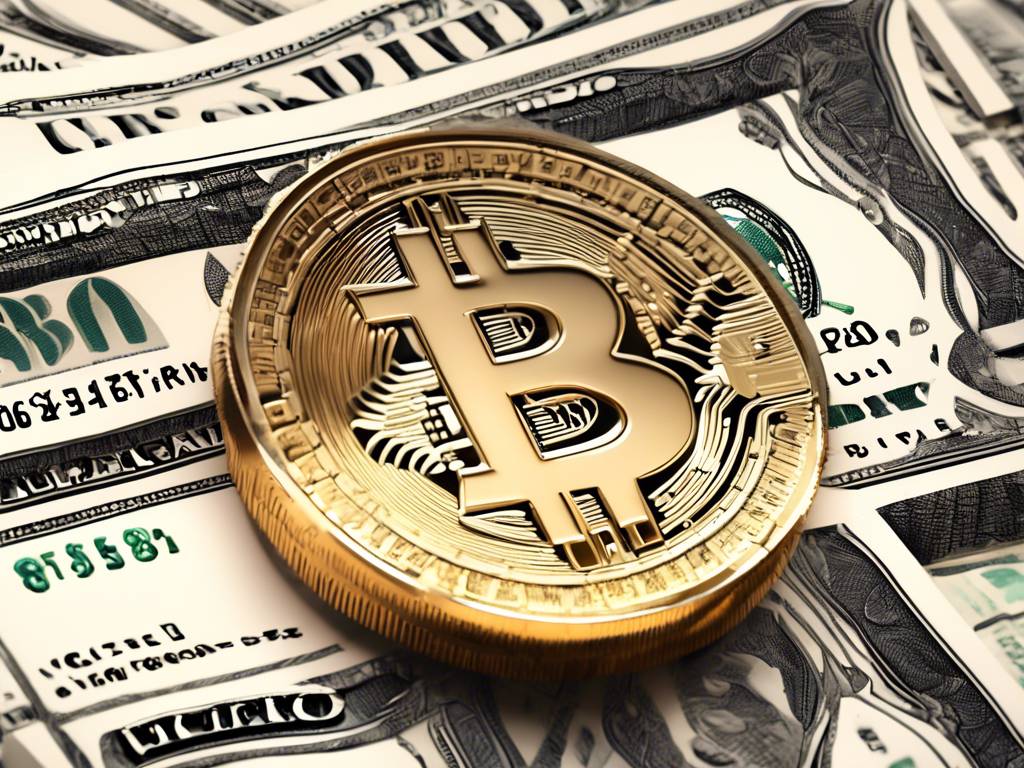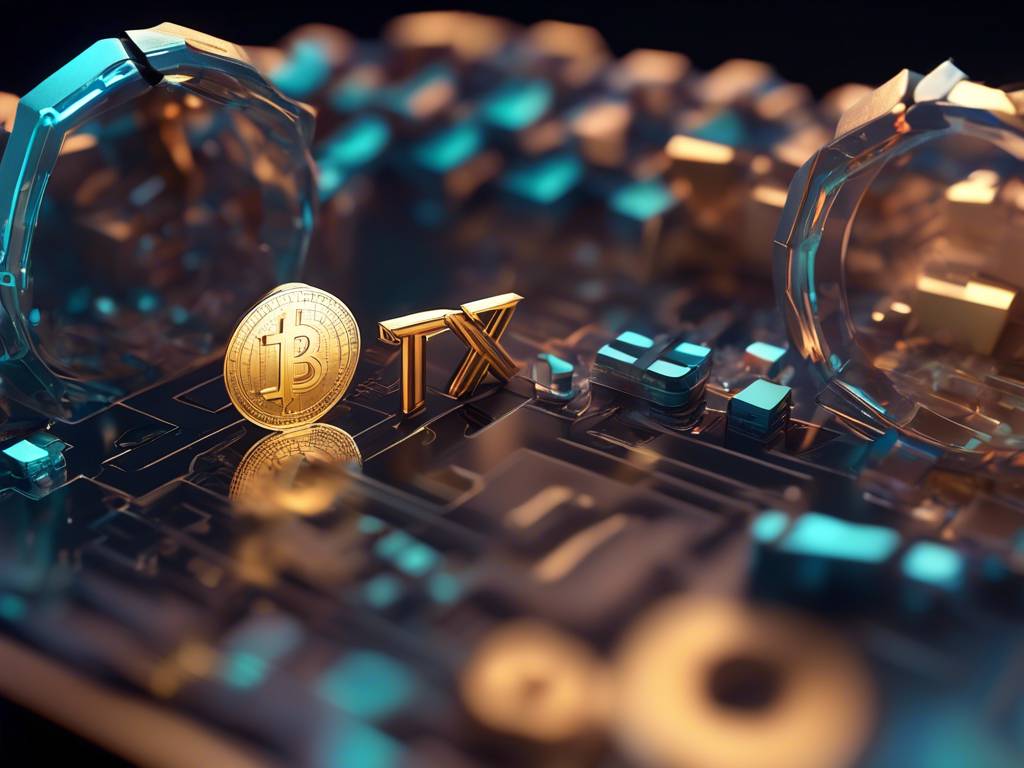Understanding Quantitative Easing: A Detailed Overview
Are you curious about how the Federal Reserve stimulates the economy through Quantitative Easing (QE)? Financial commentator James Lavish recently provided a comprehensive explanation of this process on social media. Dive into the mechanics of QE and its impact on the economy in this breakdown.
The Expert Behind the Explanation
James Lavish, CFA, is the co-Managing Partner at the Bitcoin Opportunity Fund. With over a decade of experience in financial management, he has held significant roles in various financial institutions. Lavish’s background includes managing hedge funds and working in risk arbitrage, making him a seasoned expert in the field of finance.
Demystifying Quantitative Easing (QE)
Quantitative Easing serves as a monetary policy tool utilized by central banks, like the Federal Reserve, during economic crises. When traditional methods fail to stimulate the economy, QE steps in to inject liquidity into the financial system. Let’s delve deeper into how QE functions:
* The Fed announces its intention to purchase securities.
* Primary dealers buy these securities on behalf of the Fed.
* The Fed credits reserve accounts of primary dealers with newly created money.
* Liquidity is injected into the banking system through this process.
Understanding the Impact with a Monopoly Analogy
Lavish’s comparison of QE to a Monopoly game sheds light on its impact. Just like adding money to the game increases property prices, QE injects liquidity into the financial markets, potentially driving up asset values. It’s essential to grasp the parallel between QE and expanding the money supply within an economic system.
The Connection Between QE and the Money Supply
Lavish highlights the relationship between the Fed’s balance sheet expansion and the growth of the M2 money supply. As the Fed engages in QE, the M2 money supply tends to rise in tandem with the expansion of the Fed’s balance sheet. Understanding this correlation is crucial in comprehending the broader implications of QE on the economy.
Challenges of Direct Money Printing
While some may propose printing money directly to fund government deficits, Lavish warns against this approach. Unchecked money printing could lead to hyperinflation, transforming the economy into a state of chaos. By bypassing the complex process of QE and Treasury borrowing, the U.S. risks losing the value of its currency and facing dire economic consequences.
Hot Take: Key Insights to Consider
As you navigate the realm of Quantitative Easing and its impact on the economy, keep in mind the intricate balance between injecting liquidity and maintaining financial stability. Understanding the nuances of QE can provide valuable insights into the Federal Reserve’s economic policies and their implications on the broader financial landscape.





 By
By
 By
By
 By
By
 By
By
